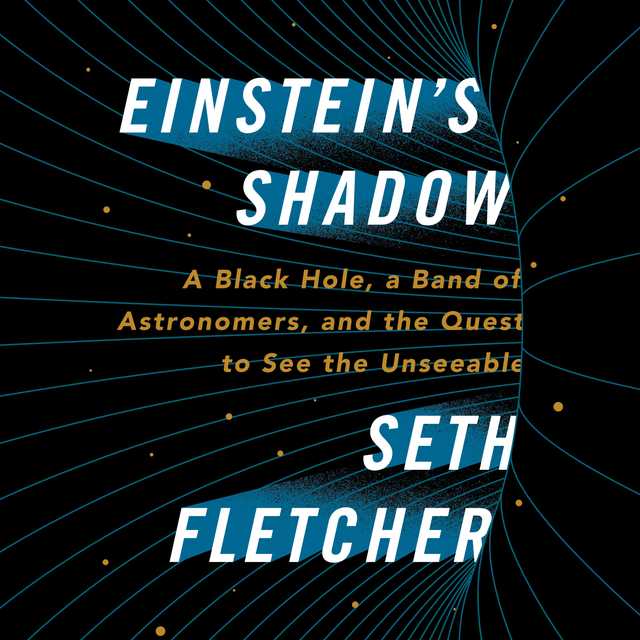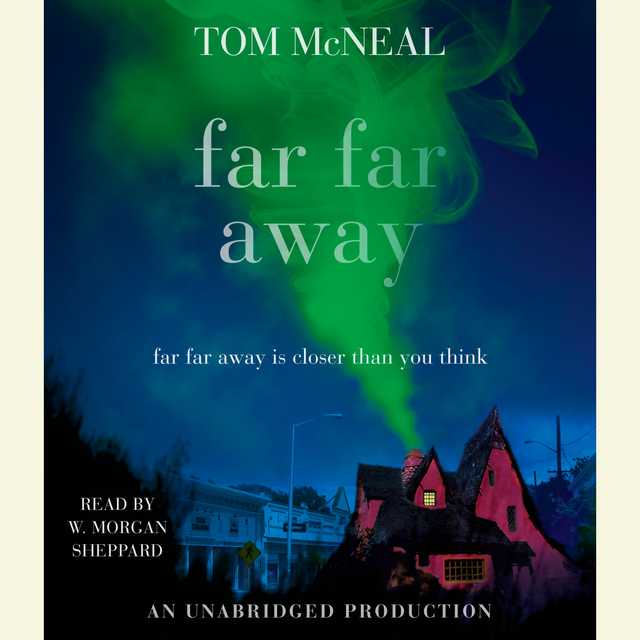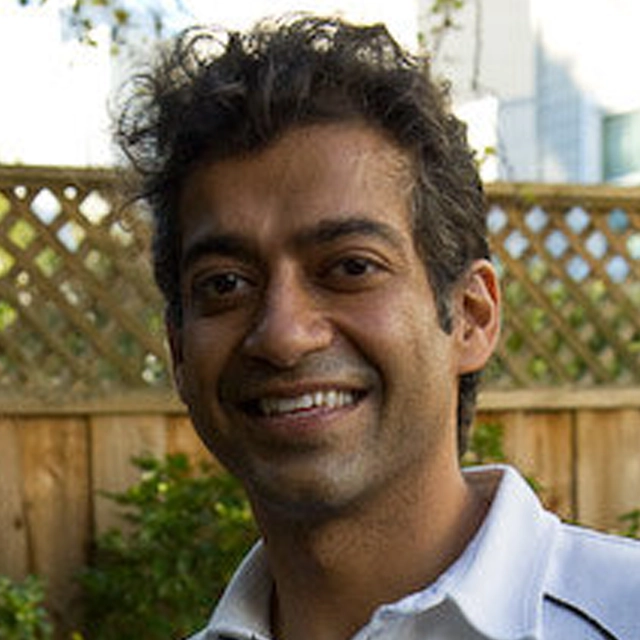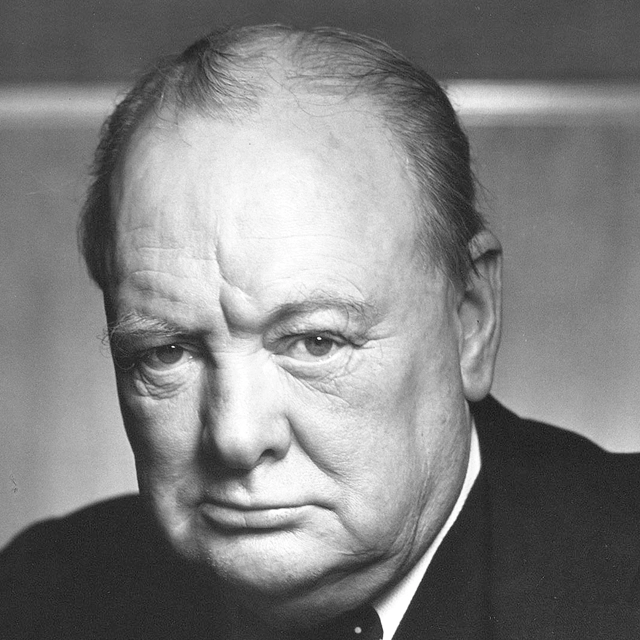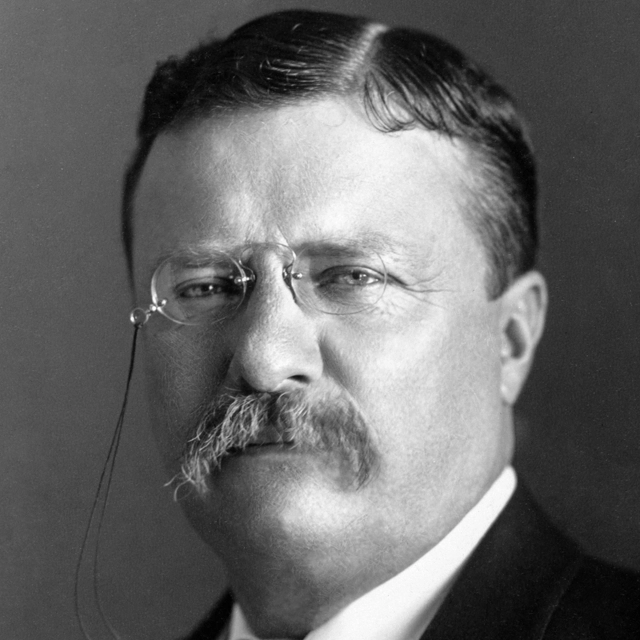Einstein’s Shadow Audiobook Summary
Einstein’s Shadow follows a team of elite scientists on their historic mission to take the first picture of a black hole, putting Einstein’s theory of relativity to its ultimate test and helping to answer our deepest questions about space, time, the origins of the universe, and the nature of reality.
Photographing a black hole sounds impossible, a contradiction in terms. But Shep Doeleman and a global coalition of scientists are on the cusp of doing just that.
With exclusive access to the team, journalist Seth Fletcher spent five years following Shep and an extraordinary cast of characters as they assembled the Event Horizon Telescope, a virtual radio observatory the size of the Earth. He witnessed their struggles, setbacks, and breakthroughs, and along the way, he explored the latest thinking on the most profound questions about black holes. Do they represent a limit to our ability to understand reality? Or will they reveal the clues that lead to the long-sought Theory of Everything?
Fletcher transforms astrophysics into something exciting, accessible, and immediate, taking us on an incredible adventure to better understand the complexity of our galaxy, the boundaries of human perception and knowledge, and how the messy human endeavor of science really works.
Weaving a compelling narrative account of human ingenuity with excursions into cutting-edge science, Einstein’s Shadow is a tale of great minds on a mission to change the way we understand our universe–and our place in it.
Supplemental enhancement PDF accompanies the audiobook.
Other Top Audiobooks
Einstein’s Shadow Audiobook Narrator
Sean Pratt is the narrator of Einstein’s Shadow audiobook that was written by Seth Fletcher
Seth Fletcher is chief features editor at Scientific American and author of Bottled Lightning: Superbatteries, Electric Cars, and the New Lithium Economy. He lives in New York’s lower Hudson Valley with his wife and daughter.
About the Author(s) of Einstein’s Shadow
Seth Fletcher is the author of Einstein’s Shadow
More From the Same
- Publisher : HarperAudio
- Abraham
- American Gods [TV Tie-In]
- Dead Ringer
- House of Sand and Fog
- Prey
Einstein’s Shadow Full Details
| Narrator | Sean Pratt |
| Length | 7 hours 28 minutes |
| Author | Seth Fletcher |
| Category | |
| Publisher | HarperAudio |
| Release date | October 09, 2018 |
| ISBN | 9780062865427 |
Subjects
The publisher of the Einstein’s Shadow is HarperAudio. includes the following subjects: The BISAC Subject Code is Astrophysics, Physics, Science
Additional info
The publisher of the Einstein’s Shadow is HarperAudio. The imprint is HarperAudio. It is supplied by HarperAudio. The ISBN-13 is 9780062865427.
Global Availability
This book is only available in the United States.
Goodreads Reviews
Gary
October 30, 2018
There is nothing more exciting than when science’s story is told in a manner such that it really happens with all of its warts, foibles, arcana and a ‘removing of the veil’ that had been obscuring our vision thus allowing us to see the universe in different way for the first time. This book does just that at a very easy to digest level and all readers will profit from reading it. If only I had an antenna as big as the earth, then I could either see a donut on the moon, or the very big glob of nothing that resides in the center of our galaxy and this book documented how an antenna with the effective aperture the size of the earth came to be. Well, I’ve got news for you Neil and Buzz did not leave a donut on the moon, but the enormous ‘black hole’ that lies at the center of our galaxy about 26000 light years away is real and is well worth getting a picture of. I put ‘black hole’ in quotes only because this book points out that a lot of what we think we know about black holes might not be right and a picture is not only worth a thousand words, but in this case could be worth a Nobel prize. The information paradox surrounding our understanding of black holes has not really been resolved. The two places where our understanding about the universe as a whole and the very small come together are at a black hole and the big bang. We model the universe as a whole with the General Theory and assume the world is continuous, and we model the sub-atomic with the Standard Model and assume the world is discrete and each Theory is good in their domain of applicability up until they meet at a black hole or the big bang. Mathematical constructs are one thing, but a picture can point us to deeper understanding and maybe the information paradox and whether the universe is continuous or discrete or neither or both can be resolved. When the picture of the black hole does come (and I suspect it will be fairly soon), for those who have read this book they will be all the wiser for having had read this book and will understand just a little bit better what it means to do science and how science is always more complicated than what it seems, and that picture will be all the more beautiful because of the deeper understanding this book would have brought to the reader. My only fault with this book is probably a positive for most people. While I thought the author brought together all the physics about black holes in an incredibly coherent way, I wish he had dwelt a little bit more with the mathematics and physics that go into making the effective aperture of the EHT antenna the size of the earth. I’ve seen the math years ago, but I can’t remember what is really going on in the photon collection process and how they are aggregated through the interferometer process.
Colettesimmons
October 23, 2018
I really enjoyed this book about Shep Doeleman’s team working on this amazing project, the Event Horizon Telescope. All the trials and tribulations, the struggle for money and the politics involved really gave the amount of sweat and grit it takes to keep a project going like this that spans the globe, and involves many cultural differences. Plus the science involved was very absorbing and interesting. It wasn’t hard to understand, yet it gave you enough technical information to Google what you wanted to understand more about black holes, the shadow of the black hole in Sagittarius A* that they are trying to achieve, the physics involved, the various telescopes and why it will be such a groundbreaking discovery. I can’t wait to hear what the results will be on this project.
William Schrader
October 28, 2019
Missing images: And Not Just Sagittarius A*This is a fascinating story, technically challenging even for most scientists. You certainly end up rooting for Shep and the whole gang. I can now peruse the scientific literature on line, waiting to see if the final analysis of the 2017 data set was definitive, and if so- what did they find?I read the e-book version, downloaded on October 9. My sole complaint is that there are no illustrations of either the principal scientists or of the many observatories featured in the saga.Has the Event Horizon Telescope assemblage ever been activated by another group, asking different questions? The concern by funding agencies for access is justifiable; what is the utility of the EHT going forward?Author Fletcher has compiled a fine scientific yarn, with just the right amount of dumbing-down for a non-astrophysicist to follow the technical arguments.
Chuck
October 19, 2018
This was published in 2018 after the initial black hole observation run in April of 2017, but before the results are made public. The Event Horizon Telescope is 7 or 8 specialized radio telescopes around the world organized to take a picture of the black hole in the center of our galaxy. It's a gripping story, years in that making, full of science and science politics. Politics because if successful, up to three people will win the Nobel physics from this. So there is lots of politics and maneuvering. The image was taken in April 2017, but it is taking a lot of time to process and correlate the image data to get a picture.Loved the Audible book!
Tim
October 11, 2019
Nicely written, briskly paced, if at times a bit technical account of the history and science of the Event Horizon Telescope (EHT) and its main goal, capturing the first ever image of a black hole (specifically Sagittarius A*, a supermassive black hole, pronounced Sagittarius A-star, though it could also be called – but isn’t – “the black hole at the center of our galaxy”). The book is the result of six years of reporting by author Seth Fletcher, who followed behind the scenes the trials and tribulations to get that image. A warning to readers, at least in the edition I read, the photograph wasn’t obtained yet, with the ending of the book the April, 2017 observation by the linked telescopes that form EHT that yielded the photograph (though there was another, later observation run just briefly discussed) and the book was published in 2018 before the photograph was released. I hope a later edition includes an additional chapter showing the famous image, going into some more of the work in post-processing imaging, and describing to the reader what they are looking at, but merely knowing it exists and reading about the history of the EHT project and the science behind black holes was more than enough for me. There are two ways to enjoy the book. One is by reading the chapters and sections on the science of black holes (mostly towards the beginning but the subject comes up again and again) and the discussion of the science is helpfully illustrated with a number of black and white diagrams and a glossary. The reader is exposed to some of the history of the science of black holes (learning about for instance Karl Schwarzschild, who came up with the metric describing the spacetime around a nonrotating spherical mass, John Wheeler, who gave black holes their name in a 1967 lecture, and Karl Guthe Janksy, an experimental physicist working for Bell Laboratories in Holmdel, New Jersey who in trying to find the source of noise in transatlantic phone calls in 1930, invented radio astronomy) though much more time is spent on the actual science of black holes. Though sometimes I had to reread a few sections and maybe a little more of the science could have been discussed, the reader is introduced to such concepts as the event horizon (the boundary of a black hole, where neither light nor matter can escape, though it is a place and not a surface and lacks any “shimmering diaphanous science-fiction membrane displaying memories from your childhood”), Kerr black hole (a spinning black hole, which has not a knot-like singularity but a ring singularity, for when “a star collapses to form a Kerr black hole, the energy that vanished behind the event horizon keeps rotating”), the no-hair theorem (“the generally accepted idea that a black hole can be completely described by its mass, angular momentum, and electric charge” as black holes have no imperfections or “hair”), and the black hole information paradox (the paradox that forms from the prediction that black holes will eventually evaporate, destroying all information about their contents, despite the fact that quantum mechanics predicts that the destruction of information is forbidden). Also discussed is the science behind trying to glimpse Sagittarius A*, of the various veils that had to be pierced to get any data on it, including the galactic plane (“a sheet of gas and dust and dead-star ash between our planet and the center of the Milky Way,” a “fog of interstellar gunk”), the scattering screen (a churning, disruptive region, the exact nature of which is unknown, that can obscure light of certain frequencies), and the third layer, “the hot atmosphere surrounding the black hole,” the only reason a black hole shines but also obscuring the black hole itself. The other way is to enjoy the saga of the EHT and the biography of the man most responsible for the entire project, Sheperd S. Doeleman (referred to as Shep in the vast majority of the book), who from his beginnings as a graduate student eventually became the director of the EHT, as the non-science portion is as much a Shep biography as it is a history of EHT. Other people certainly figure into the story, particularly Heino Falcke (a German astrophysicist at one point at the Max Planck Institute for Radio Astronomy in Bonn and for a good stretch of a time a real rival for resources to study and image a black hole with his own project, BlackHoleCam) and Katie Bouman (the enthusiastic MIT computer vision specialist who went viral when the black hole photo was publicized, she only appeared in the book towards the end but her contribution was vital, as she developed the CHIRP algorithm to piece together the data from the separate telescopes of EHT to produce the image). I didn’t want to in my review gloss over the EHT, as it is not just another telescope. It in fact was 8 telescopes on 4 continents (including Antarctica) that had to be wrangled together by Shep and his team, who had to get observation time on these telescopes all at the same time, add equipment to these far flung telescopes for the project, and coordinate observations at all the telescopes all at the same exact time (dealing with equipment malfunctions, software errors, and most of all weather), and then later piece together the information gathered from the telescopes (the book is rather light on that last aspect but it is discussed some). Oh and arrange funding, which was an issue that came up again and again (with sadly in one case getting funding for EHT meant one of the telescopes they wanted to use had to shut down to the lack of funding). These were some dramatic stories, particularly centered on ALMA (the Atacama Large Millimeter/submillimeter Array), “the world’s most powerful telescope of its kind and, arguably the most complicated astronomical instrument ever built,” consisting of “sixty-six dishes planted on a virtually lifeless 16,600-foot plateau in Chile’s Atacama Desert,” mainly dramatic because this was the telescope that gave the most trouble as far as getting permission to use and once the permission was granted, as a condition of its agreement, set up a scenario that could allow other astronomers to in fact take over the entire EHT and use it for other projects, including imaging Sagittarius A* without Shep and his team, a real source of drama in the book, particularly with Shep’s difficult relationship with Pierre Cox, the director of the observatory) and the Large Millimeter Telescope (LMT) on “the summit of Sierra Negra, an extinct volcano on the eastern edge of the Mexican state of Puebla,” dramatic because of difficult roads, often bad weather, and extreme difficulty in getting complicated and sensitive scientific equipment to the site and then up a helical staircase (said staircase is included in a diagram of the telescope facility). The book was quick reading, I loved reading a book about cutting edge and very recent scientific breakthroughs, and black holes are fascinating. I also recommend Black Hole Blues and Other Songs from Outer Space by Janna Levin for more cutting-edge black hole science (in this case the study of gravitational waves, not strictly speaking a black hole phenomenon). There is a really good bibliography at the end as well. The human interest aspects were very well written and the vivid description of LMT in Mexico was gripping and exciting. I think some of the science could have been explained a tiny bit better but I finished the book understanding enough to follow the story and the importance of the discovery.
Katharine
November 08, 2018
Great read on astronomy and far more interesting than a lot of the pop-science books out there.
Stephen
July 25, 2019
A great read, I found myself just cramming in pages wherever I could-half a page here/a few paragraphs there-just to find out what happened next.The story of how scientists were able to get the information for the image above is amazing, albeit probably more than a little difficult to tell due to the sheer complexity of the topic. Accordingly, Seth Fletcher has a laudable achievement to his credit with this book. He does a great job of explaining the personal stories, the technology, the challenges, and the existential struggle to keep the endeavor afloat for the many years it took, efforts that pre-date the formation of the EHT itself.The book also provides a fair amount of insight into how dismally under-resourced we are in the sciences. Talented, dedicated, brilliant and highly trained teams of people, struggling to ascertain very difficult-to-reach sets of knowledge amidst tenuous, zero sum funding regimes and working within facilities themselves that may be shut down immediately once the funding already in-hand runs out. Among the many insights one can learn from Einstein's Shadow, is how these amazing discoveries are not in any way inevitable or even fully expected, but almost arise in defiance of a system that under-values scientific research and that often seems to punish or starve those who would ask sound questions, simply because the questions themselves do not capture the public's limited imagination.
Friedrick
August 21, 2022
Here is no surprise: I am not an astronomer or "astrophysicist"--not even close. My education and career went in completely different directions. To have become one, I'd have had to follow a different path, beginning with, oh, seventh grade proto-algebra. I sure wished I had become one, though; I've day-dreamed of being an astrophysicist more than of being a rock star. I love to read and think about the cosmos, distant galaxies, general relativity and quantum physics, the speed of light, time dilation, and of course black holes. I love the mind-bending feeling that comes from thinking about such things and imagining their implications.This book by Seth Fletcher, Einstein's Shadow, was a gift from my wife, who has always known exactly what to get. You probably recall when, in 2019 I think, they released the photograph of the supermassive black hole at the center of M87, a distant elliptical galaxy. It was the first successful production of an image of the glowing accretion disk surrounding the ominously invisible black hole at its center. The image was produced by the "Event Horizon Telescope," which is a virtual telescope formed by the collaboration of radio telescopes around the globe that simultaneously observed M87 and imaged its black hole, effectively using a telescope the size of Earth, itself.Really cool stuff. But, I was constantly reminded of a lawyer I know who said "practicing law would be fun, if only we didn't have to have clients." The project was not all mind-blowing theory and science, it was mostly, necessarily, politics, compromise, fund-raising, shmoozing, ego-soothing, and troubleshooting. To have written a book about this project that is not profoundly misleading, all of that had to be in it, and it is. Because it's all there for better, for worse, I struggled with the star-rating I've given the book. Three stars seemed too stingy for what is really a five-star book about a five-star project. It was just like being that lawyer who doesn't love his clients.
John
June 08, 2019
Effort to photograph a Black Hole shadow, millions of light years away from earth, is like trying to take a "portrait through a pool of water," so said Shep Doeleman, primary leader of the project to do just that. Atmospheric conditions at multiple radio-telescopes must be just right; "perfect" must exist at least three. Fletcher shadowed Doeleman, an intense goal-oriented guy, sometimes a "seething, whirling storm," for six years as he dealt with fundraising, arguments about who will take credit for success of the project if it succeeded and numerous coordination issues. Doeleman, first associated with MIT, later, Harvard, led an on and off staff of more than 200 researchers, grad students and postDocs, who battled weather conditions, often at high altitudes, to properly align the telescopes and their numerous parabolic disks. Though much of the mathematical and technical stuff eluded me (nanoseconds, curved spacetime, ho-hair theorem, holographic principle, quantum entanglement, etc.), nevertheless I found much of interest. OK, so the book comes out (2018) before the "the greatest achievement of astronomy" is accomplished (April 10, 2019). That doesn't detract from the previous drama.
Aaron
April 21, 2019
It would have been nice if the publishing of this book could have been held of for one year so that the focus of this book, capturing a picture of a black hole, could have come to actual fruition. It ends before the EHT team could actually take the photo, but you can tell that they have finally gotten their act together and were ready to scan for the first picture of a black hole. The whole concept of taking a "picture" of a black hole is fascinating. It takes much much more than simply flashing the shutter on a nice camera. It requires multiple radio telescopes simultaneously scanning the sky to receive sub-millimeter radio wavelengths. Next, they have to take the data from each involved telescope and parse through the mounds of information. It requires incredible coding to create a program that eliminates the noise, sorts through the false positives, and eventually delivers an actual visible image from all of the invisible wavelengths originally received by the telescope.It was also interesting to read about all of the bureaucracy involved in creating the EHT team and process. In fact, I would say about half of the book revolved around the applications for grants, requesting time on the telescope, and worry about who would get their name on a supposed Nobel Prize.
Rachel
February 02, 2019
Okay, so let me first start by saying that this book took me WAY too long to finish--two holidays, the start of a new year, the end of a semester, and just life in general sidetracked me.But . . . once I really made myself just finish already, the book went by surprisingly fast. Now, I'm not saying that I totally understood everything in this book. It's about some REALLY smart people doing REALLY clever things with LOTS of complicated math. But I thought Fletcher did a great job making this science more accessible to the masses with this book, and he threw in some really great character descriptions and some humor, too, to lighten the sciencey load.While I'd still like to know what data the astronomers found and what picture this data created, I still enjoyed the ride. In some respects, this book was like an episode of NOVA on PBS--full of sciencey-people doing phenomenal things but ending before definitive results have been achieved. But, just like in an episode of NOVA, sometimes its the journey through scientific inquiry that matters most, instead of just an end result. My thanks go to Seth Fletcher for sharing this journey with us.
Rhubarboretum
June 18, 2019
A well presented overview over what the black hole photo is all about, a brief view in astrophysics, and the story of Shep Doeleman, the driving force behind the event horizon project. It really translates the amazing challenge (which is only partial a technological one) that has been overcome to come up with an actual image.Sadly, since the book came out already in 2018, the narrative left the room right before the finale.On the point the book ends they are still focusing mainly on sagittarius a* and not on the messier 87 center black hole (the one famously known by everyone now). So you have to imagine the ecstasy after the tremendous success following the data analysis of the 2017 observation run.You don't have to be a full on astrophysics nerd to enjoy this documentary. it's pretty entertaining for everyone with an interest in the matter.
Jack
July 18, 2020
This was a pretty good adventure story even though it was about a bunch of astronomers and engineers pursuing something no one had never done before. There was action, intrigue, politics and plenty of mystery. The science as presented was easy to understand, even though deep in my heart I know it isn’t easy at all. Like the Manhattan project, success was as much because of planning, coordinating and persuading as it was the result of science. The book ended kind of abruptly. Seems like more bragging was due.
Karen
August 07, 2020
Outstanding and understandableThoroughly enjoyed this "narrative nonfiction written in the close third person, organized chronologically" (to quote the author, describing the genre of his book). It was great to have humans to learn about while following this scientific quest. I think I would have enjoyed a bit more science, but I admit I'm probably the exception in the audience for a book like this one. On the whole, well done!
Nate
February 17, 2019
3.75-4, easy and enjoyable read. A neat inside look into how science gets done. If you believe probing some of the most fundamental questions about the nature of reality is both important and achievable with science, you will appreciate this story. The ending feels a bit abrupt and unsatisfying, but only because the project is not yet complete and you want to know more!
Ben
February 18, 2019
An interesting story of how experimental physicists work. Developing, funding, and working on a project to image our galaxy central black hole. The author's long NY Times article might be enough for most people, but I especially enjoyed hearing the details of how radio astronomers set up their instruments and get data. The physics is explained clearly, too.
Ashley
December 15, 2018
It feels like a sci-fy but it's real life! A great read for all nerds, real and would-be astronomers. It reminded me of my college astronomy classes. An account of the huge amount of perseverance and nerve required to make your dream come true.
Raphael
May 05, 2019
Fun readingSeth Fletcher did a great job to the behind scenes project to photograph the first black hole ever. The book ended prematurely since the first photograph was announced a year or so later than the book publication. But none of this makes the book less fascinating.
Frequently asked questions
Listening to audiobooks not only easy, it is also very convenient. You can listen to audiobooks on almost every device. From your laptop to your smart phone or even a smart speaker like Apple HomePod or even Alexa. Here’s how you can get started listening to audiobooks.
- 1. Download your favorite audiobook app such as Speechify.
- 2. Sign up for an account.
- 3. Browse the library for the best audiobooks and select the first one for free
- 4. Download the audiobook file to your device
- 5. Open the Speechify audiobook app and select the audiobook you want to listen to.
- 6. Adjust the playback speed and other settings to your preference.
- 7. Press play and enjoy!
While you can listen to the bestsellers on almost any device, and preferences may vary, generally smart phones are offer the most convenience factor. You could be working out, grocery shopping, or even watching your dog in the dog park on a Saturday morning.
However, most audiobook apps work across multiple devices so you can pick up that riveting new Stephen King book you started at the dog park, back on your laptop when you get back home.
Speechify is one of the best apps for audiobooks. The pricing structure is the most competitive in the market and the app is easy to use. It features the best sellers and award winning authors. Listen to your favorite books or discover new ones and listen to real voice actors read to you. Getting started is easy, the first book is free.
Research showcasing the brain health benefits of reading on a regular basis is wide-ranging and undeniable. However, research comparing the benefits of reading vs listening is much more sparse. According to professor of psychology and author Dr. Kristen Willeumier, though, there is good reason to believe that the reading experience provided by audiobooks offers many of the same brain benefits as reading a physical book.
Audiobooks are recordings of books that are read aloud by a professional voice actor. The recordings are typically available for purchase and download in digital formats such as MP3, WMA, or AAC. They can also be streamed from online services like Speechify, Audible, AppleBooks, or Spotify.
You simply download the app onto your smart phone, create your account, and in Speechify, you can choose your first book, from our vast library of best-sellers and classics, to read for free.
Audiobooks, like real books can add up over time. Here’s where you can listen to audiobooks for free. Speechify let’s you read your first best seller for free. Apart from that, we have a vast selection of free audiobooks that you can enjoy. Get the same rich experience no matter if the book was free or not.
It depends. Yes, there are free audiobooks and paid audiobooks. Speechify offers a blend of both!
It varies. The easiest way depends on a few things. The app and service you use, which device, and platform. Speechify is the easiest way to listen to audiobooks. Downloading the app is quick. It is not a large app and does not eat up space on your iPhone or Android device.
Listening to audiobooks on your smart phone, with Speechify, is the easiest way to listen to audiobooks.

